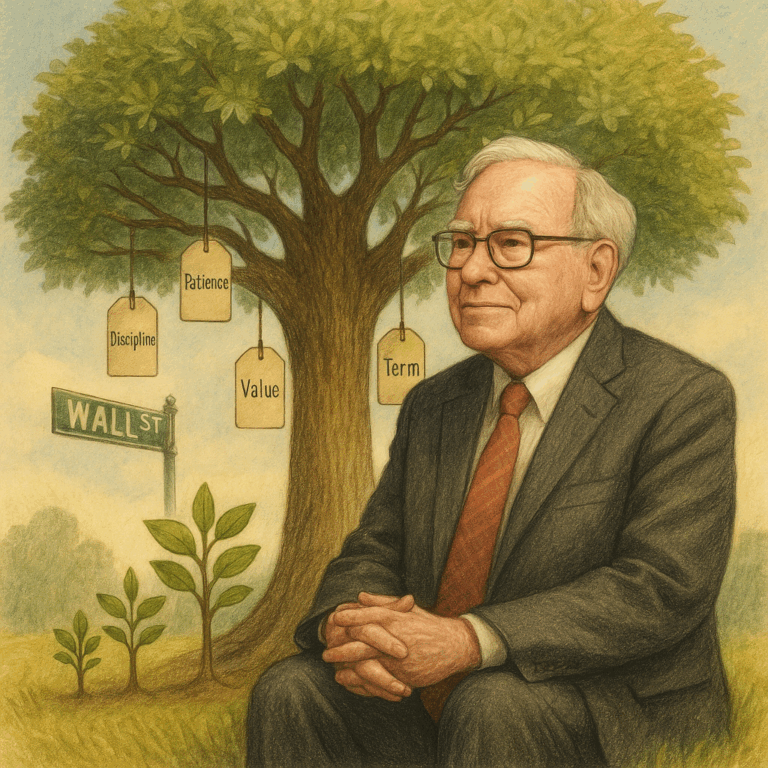Don’t Chase Squirrels: Stick to Your Plan
There are few activities more relaxing than a picnic in the park on a warm summer’s evening. But even under the glow of a setting sun, hearing the distant sounds of birds chirping and children laughing, we still can find it hard to turn off the “financial advisor” part of our brains.
Especially when we see a dog chasing squirrels.
We’re sure you’ve seen it before: When an excitable pooch sees a flash of movement in the corner of his left eye. He darts off, trying to catch the furry prey, only for it to scamper up a tree. Then, to the right, another squirrel. Or a bird, a rabbit, or a cat. Off he goes. But after ten minutes of frantic pursuit, swapping one target for another, the dog usually comes up empty-pawed.
What does this have to do with being a financial advisor? Well, because whenever we see this, our minds turn to how many investors often get caught up in chasing squirrels, too.
One of the most common questions we get from friends, acquaintances, and even potential clients is, “Is it time for me to put everything into X?” In other words, “is it time to change what I’m doing and do something totally different?”
Now, the thing about “X” is not only that it can be anything; it changes based on the season, or the most recent headlines, or the discourse on social media. Sometimes, X is the overall stock market, but just as often, it’s something like:
- A specific company or industry that’s dominating the news
- Cryptocurrency
- Extremely complex financial products
- Gold or some other type of commodity
Here’s the other thing about X: It’s not always bad. Sometimes, for some investors, anything from the list above could be a potentially goodinvestment. The problem is not X itself. The problem is that X is always changing. And when investors constantly seek to change with it, always bouncing from one hot trend to the next, they are, in effect, chasing squirrels.
All investors are vulnerable to this, even the most experienced. FOMO, or the “fear of missing out,” is a very real and powerful phenomenon. Nobody wants to feel left behind. Nobody wants to miss out on an opportunity.
Squirrel chasing can become especially prevalent when the markets are volatile or flat for long stretches. During times like this, many investors may seek to move their money into cash, bonds, or some other type of investment. They reason that they can skip the downside, wait patiently, and then come back in when the markets recover.
But this is squirrel chasing, too, and here’s why. Take a look at this chart.1
| Decade | Price return | Excluding best 10 days per decade | Excluding worst 10 days per decade | Excluding best/worst 10 days per decade |
|---|---|---|---|---|
| 1970s | 17% | -20% | 59% | 8% |
| 1980s | 227% | 108% | 572% | 328% |
| 1990s | 316% | 186% | 526% | 330% |
| 2000s | -24% | -62% | 57% | -21% |
| 2010s | 190% | 95% | 351% | 203% |
According to research, if investors were somehow able to skip the worst ten market trading days in a given decade, their total returns would be astronomically high. But there are two problems with this. The first problem is that if those same investors missed out on the ten best days each decade, their returns would be significantly lower than if they just stayed put. The second problem? The market’s best days often follow the worst. So even investors who somehow skip a bad day will probably end up missing out on a great day. And missing out on too many great days can be disastrous.
Here’s another way to look at it. According to more recent research, if a hypothetical investor put $10,000 investment into the S&P 500 between the beginning of 2005 and the end of 2024 and did nothing else, their total return would be 10.4%.2 If that same investor missed the market’s ten best days? The return would be 6.1%. If they missed the thirty best days? 3.1%. Forty? -0.6%. The data is clear: When it comes to investing in your long-term goals, there is only one dependable approach: Consistency. Sticking to a long-term plan is much more reliable than chasing squirrels.
The reason we’re saying all this is because not too long ago, investors had to endure some very bad days. Stocks were historically volatile in early April and even flirted with bear market territory. Many investors sold off, tried to time the market, or placed bets on some other type of investment. But by the end of June, the S&P 500 and NASDAQ had both risen to all-time highs.3
Of course, there will be volatile days in the future. There will be times when a new, enticing form of “X” dominates the headlines. And there will be times when we need to review your investments and determine if they still make sense for your situation. But when it comes to investing, the best question we get asked is this: “What’s the most important thing I can do to work toward my goals?”
The answer, of course, is to never, ever chase squirrels.
Have a great summer!
1 “Why investors should never try to time the stock market,” CNBC, www.cnbc.com/2021/03/24/this-chart-shows-why-investors-should-never-try-to-time-the-stock-market.html
2 “Selling out during market’s worst days can hurt you,” CNBC, www.cnbc.com/2025/04/07/selling-out-during-the-markets-worst-days-can-hurt-you-research.html
3 “America’s stock market rebound is complete as S&P 500, Nasdaq hit record highs,” CNN, www.cnn.com/2025/06/27/investing/stock-market-record-dow-sandp







